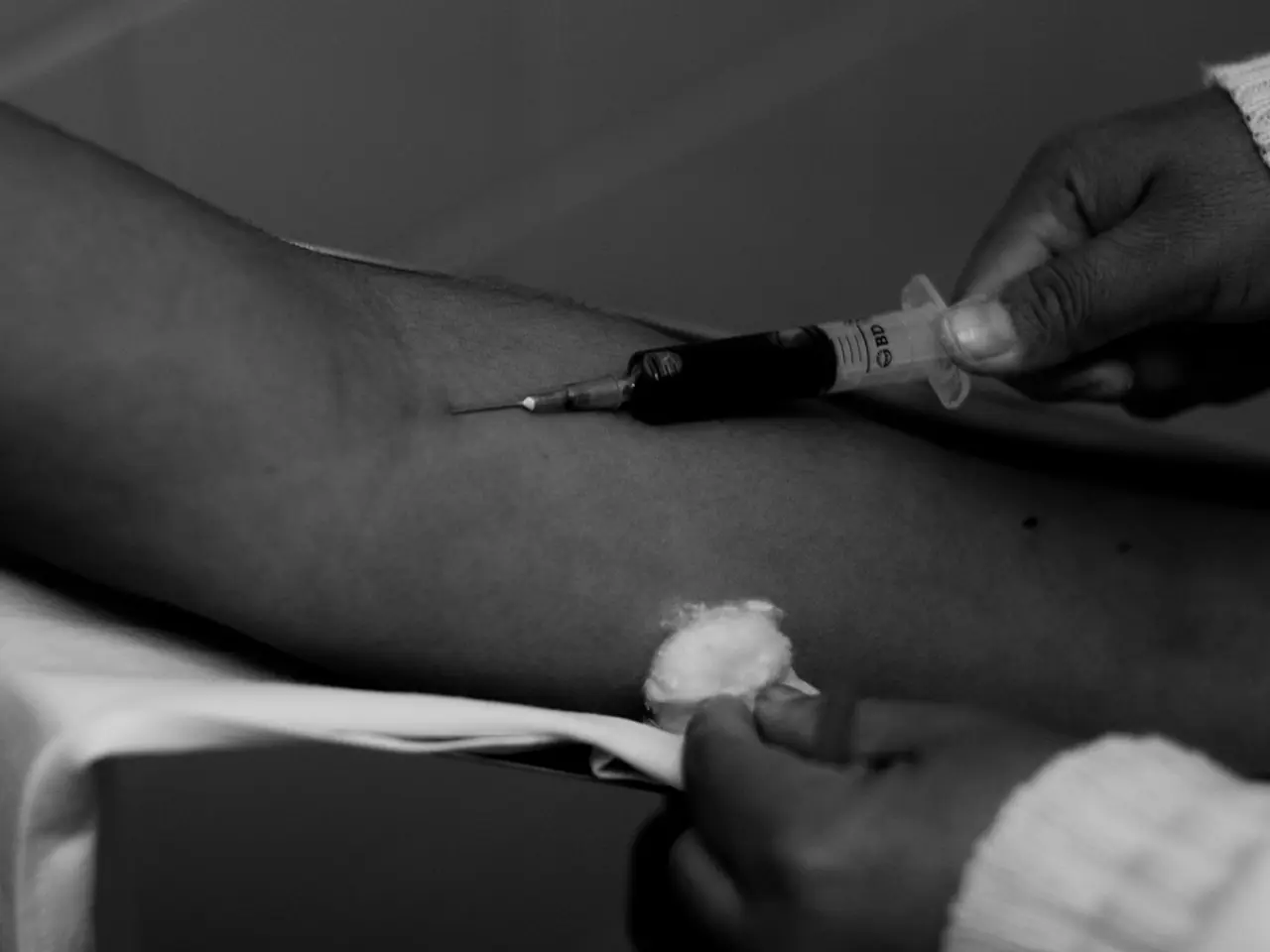Contemplating Bladder Botox Treatments: A New Frontier in Medical Aesthetics?
In the realm of medical treatments for overactive bladder (OAB) and urinary incontinence, Botox injections have emerged as a viable, effective, and relatively safe solution for many patients.
Botox injections, specifically onabotulinumtoxinA, are FDA-approved for treating OAB symptoms with no apparent neurologic cause. These procedures are typically outpatient or office-based, requiring no general anesthesia.
The duration of the symptom relief provided by these injections is between 5 to 9 months, with some cases extending up to a year. Treatments can be safely repeated every 3 months (12 weeks) without an increased risk of cumulative adverse effects.
Common side effects of Botox bladder injections include urinary tract infections (UTIs), urinary retention, and transient pain or discomfort during urination. However, no significant systemic side effects such as muscle weakness or respiratory problems have been reported.
Urinary retention, a temporary inability to fully empty the bladder, occurs in about 5% to 8% of patients. This may sometimes require intermittent catheterization for bladder emptying, though this is less common and usually transient.
The most common side effect is UTIs, experienced by 18% of patients. Approximately 9% of people experience painful or difficult urination after the procedure.
It's worth noting that Botox is occasionally used to address incontinence connected to neurological conditions like multiple sclerosis or a spinal cord injury.
The effects of bladder Botox injections can take one to two weeks to be noticeable, with "full results" expected by week 12. Symptoms of botulism, a rare and dangerous infection that may occur if Botox migrates to other parts of the body, should be reported to a healthcare provider immediately.
Before considering Botox injections, it's essential to note that they are not always the first treatment option. Pelvic floor therapy, bladder retraining, medications, and behavioural and lifestyle changes are usually tried first. There are also certain conditions that may make a person ineligible for Botox injections, such as a symptomatic urinary tract infection, a risk or history of enlarged prostate, and a bleeding disorder or use of blood thinners.
In conclusion, Botox injections for OAB and urinary incontinence can provide long-term symptom relief, making them a valuable treatment option for patients when oral medications are insufficient or cause side effects. As with any medical procedure, it's crucial to discuss the potential benefits and risks with a healthcare provider.
- Botox injections, particularly onabotulinumtoxinA, have gained approval from the FDA for managing health issues related to overactive bladder (OAB) without any neurological cause.
- These treatments, often administered as outpatient procedures, do not necessitate general anesthesia.
- The period of symptom relief offered by these injections ranges from 5 to 9 months, with some instances extending up to a year.
- When repeat treatments are needed, they can be safely scheduled every 3 months (12 weeks), without an escalation in cumulative adverse effects.
- Common side effects of Botox bladder injections include urinary tract inplications (UTIs), temporary urinary retention, and transient pain during urination.
- While rare, systemic side effects such as muscle weakness or respiratory issues have not been reported with Botox bladder injections.
- Outside of OAB management, Botox is occasionally used to deal with incontinence connected to various neurological disorders like multiple sclerosis or a spinal cord injury.




